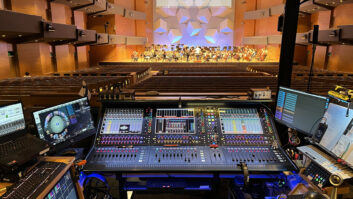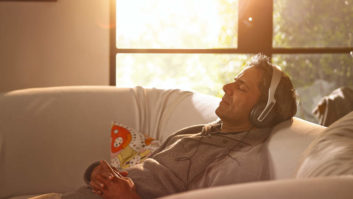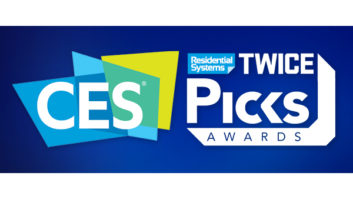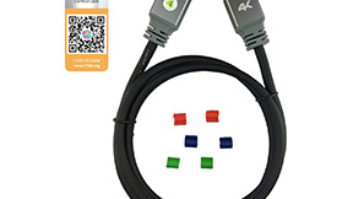TWICE: What is the music-phone potential (for phones that play MP3 or other music-file formats)? Will phones increasingly become a consumer’s main MP3 player?
Bob Laikin, BrightPoint: I believe MP3 players will eventually be a standard feature in wireless devices in the near future, just like color and cameras. The probability of a wireless device becoming a consumer’s main MP3 player is high, and both forms of downloads (from PC and over-the-air) will drive music-phone demand. With audio quality and headsets becoming highly sophisticated, I don’t see why anyone would want to carry more than one device.
Michael Misuraca, American Wireless: The potential appears almost limitless. The progress and success in this category are huge. We are back to the cameraphone and purchase of the separate camera dilemma again, and most people have both.
Brad Duea, Napster: The ubiquitous cellphone will soon become most people’s MP3 player of choice, and it will enable them to get music any way they want. Not only do these new music-enabled cellphones play ripped content, but they also play subscription content from Napster To Go. This allows music fans to enjoy unlimited music on the go. A Napster To Go subscriber with a new music-enabled phone can create a new playlist for their phone for every workout with no additional cost per track. They can work out without wires while enjoying high-quality music over Bluetooth 2.0 to their stereo headset. They can browse Napster’s 2.5 million song catalog wherever they are and download songs directly to their phone, also knowing they have a copy waiting for them on their PC when they want to listen to it there.
These new phones allow consumers to identify songs they do not know simply by holding up their phone and then immediately download the song over-the-air to their phone. They can rate songs, identify their favorites, easily and legally share favorites with friends, or perhaps even meet new friends based on songs they have in common with someone nearby. This amazing music experience is not reserved for the music elite but can be enjoyed on the Cingular Sync by Samsung for as little as $49.99 or, in Japan, on numerous DoCoMo handsets that are affordably priced.
The music-enabled phone will put pressure on the dedicated MP3 players not only because of superior functionality and convenience but also because many carriers can subsidize these high performance music-enabled handsets. So, consumers are no longer trapped in a proprietary world but can now get more flexibility and functionality for less money.
Suzanne Cross, Sony Ericsson: With the ability for a phone to handle gigabytes worth of music, a subset of consumers will look to their handset to serve the role of their main MP3 player, but conversely we believe there will always still be a segment of consumers who want a dedicated music device. We’ve seen the same thing happen with digital camera related to the availability of higher quality camera phones.
Sohn: We believe phones will become a main MP3 player used both in conjunction with a PC and for over-the-air downloads. Consumers have already shown they are most interested in listening to music on-the-go. For us, the challenge is to design phones that make it easy to view and use the phone as a music player. We also see OTA [over-the-air] music downloads taking off as service improves on the GUI and delivery systems front. Music is an impulse purchase, and having the ability to listen to any album at any time, thanks to OTA delivery, is one feature consumers will not ignore once they discover it.
We also believe consumers want choices in where and how they get their music. For example, with the Samsung BlackJack from Cingular, the consumer is given a choice of over the air streaming and PC sideloading music options.
Larry Smith, Archos: Archos believes that consumers want all of their entertainment on one device, which includes video, music and photos. While portable video is still a newer application for consumers, it will become mainstream in two to five years, requiring more battery life, hard-drive capacity and screen size than what you can achieve — realistically — on a cellphone.
For the subset of consumers who want only music rather than video, the cellphone is a practical device for them, but for most, watching TV shows, movies, listening to music, viewing photos, shooting video and even surfing the Net will all be standard and expected capabilities from one device, and the cellphone won’t be able to handle that.
Dwight Sakuma, RCA: We’ve been selling MP3 players for more than six years, and we expect the business to continue — albeit at a slower pace in 2007. There may be some consumers who choose to use their phone as an MP3 player, but I think that will be a minority.
Battery life is a concern. The more a device is used, the quicker the battery will drain. Recharging your MP3 player can be as easy as replacing AAA batteries. It’s not that easy with a cellphone.












